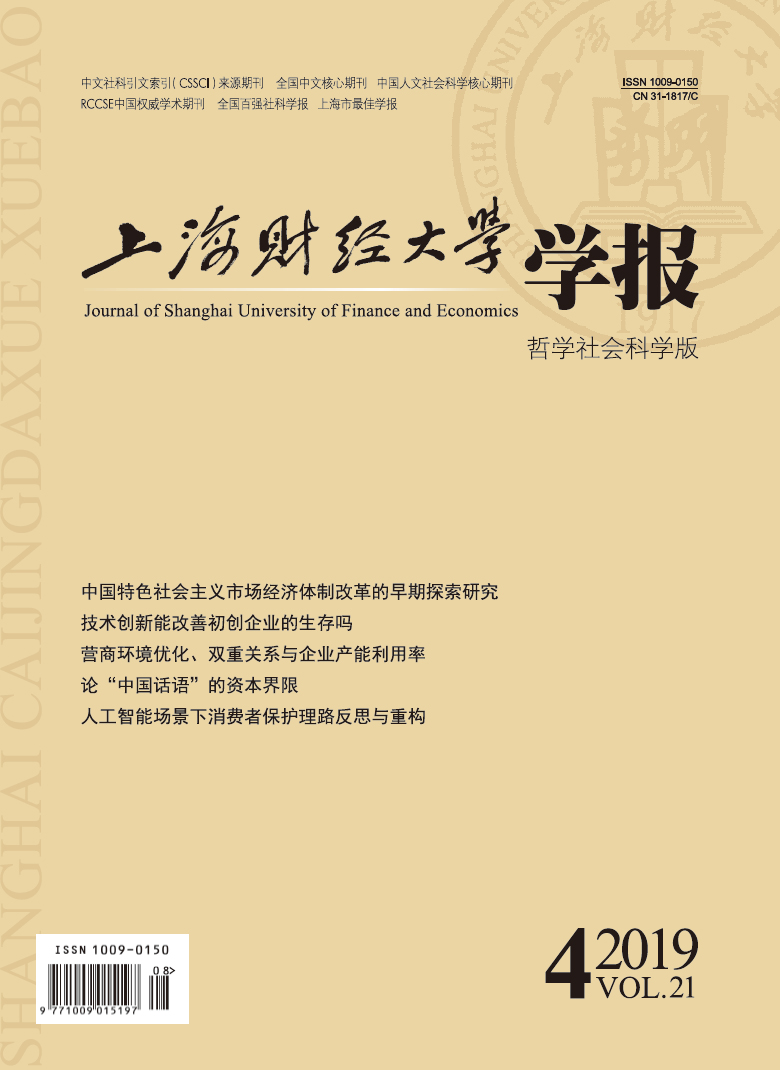Technological innovation is the source of power to enhance the core competitiveness and improve the survival and development of enterprises. In recent years, our government has encouraged enterprises to innovate and start businesses, vigorously advocating " mass entrepreneurship and innovation”, and the vigor of innovation and entrepreneurship has burst out. A large number of high-tech enterprises have risen rapidly. To some extent, technological innovation has become a common choice for enterprises to survive and develop. However, while technological innovation enhances the competitiveness of enterprises, it also makes enterprises face the risk of market withdrawal. According to the statistics of the database of all state-owned enterprises and above-scale non-state-owned industrial enterprises of the National Bureau of Statistics, the average survival time of Chinese manufacturing enterprises was about 6.64 years from 1998 to 2011, with an average annual exit rate of 17%, and the average survival time of enterprises with scientific and technological innovation activities was about 6.82 years, of which nearly 50% of innovative enterprises were before entering the market. Within six years, less than 10% of innovative enterprises have survived for 10 years. The high market exit rate is a prominent problem faced by Chinese enterprises in the period of transition, and technological innovation affects the survival of enterprises through various channels. Therefore, it is an important research topic to reveal the mechanism of technological innovation affecting the survival of manufacturing enterprises and provide empirical evidence with Chinese characteristics.
Based on the construction of a Schumpeterian competition and innovation theory model, this article incorporates the scale effect of R&D investment and market concentration into the analytical framework, selecting the Weibull survival risk model to empirically test the impact of technological innovation on the survival of start-ups by using the data of all state-owned enterprises and above-scale non-state-owned industrial enterprises of the National Bureau of Statistics. We find that there is an inverted U-shaped relationship of diminishing scale effects between R&D intensity and enterprise survival. Moreover, the impact of R&D intensity and market concentration on the survival of enterprises is complementary. Given the intensity of R&D, the survival time of enterprises is longer if it is in a more concentrated industry. Finally, the relationship between technological innovation and enterprise survival is also affected by the technical level of the industry and the ownership structure of enterprises. The survival risk rate of enterprises in the high-tech industry is lower, and the level of R&D of state-owned enterprises is higher, but the survival risk rate is higher than that of non-state-owned enterprises. These findings enrich the research on the relationship between technological innovation and enterprise survival, deepen our understanding of the impact of technological innovation on the survival of enterprises, and have theoretical and empirical implications for government policies.





 6686
6686  7044
7044

